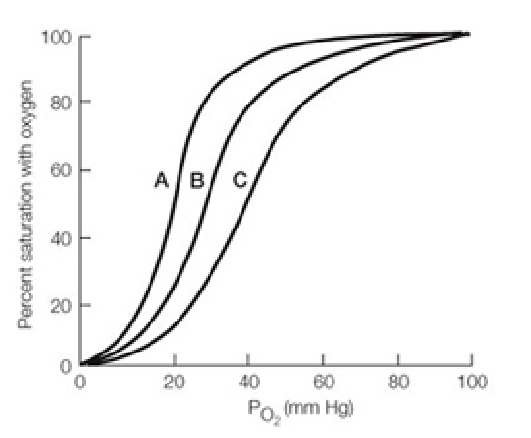You fall while roller-skating and notice a hematoma on your tibia, suggesting that you damaged the bone. Describe step by step how your bone will heal
What will be an ideal response?
Within a few days, connective tissue cells called fibroblasts grow inward from the periosteum and invade the clot. The fibroblasts secrete collagen fibers that form a mass called a callus, which links the broken surfaces of the bone. Some of the fibroblasts then transform into cartilage-producing cells that secrete cartilage into the callus. Next, osteoblasts from the periosteum invade the callus and begin to transform the newly deposited cartilage into new bone material, changing it into a bony callus. During this transformation, the bony callus becomes thicker than the undamaged part of the bone and protrudes from it. In time, however, the extra material is broken down, and the healed part of the bone returns to nearly normal size.
You might also like to view...
What can Antarctic ice core samples tell us about atmospheric CO2 levels? Select all that apply
A. Nothingâ€"ice is made of H2O and not CO2. B. CO2 ice core data confirms CO2 measurements taken directly from the atmosphere. C. Ice cores can help scientists estimate atmospheric CO2 levels from centuries ago. D. Ice cores can tell scientists exactly what plants lived on Earth centuries ago.
If a cell of C. elegans is preparing for division but fails the G2 checkpoint, which of the
following is likely to occur?
a. It will enter the mitotic phase. b. It will undergo cytokinesis. c. It will undergo apoptosis. d. DNA replication will occur.
In the below graph, curve _______ is most likely the oxygen-binding curve for normal adult human hemoglobin, curve _______ is most likely that of llama hemoglobin (from a llama population that has lived in the mountains of Peru for thousands of years), and curve _______ is most likely that of myoglobin.

A. B, C, A
B. C, B, A
C. A, B, C
D. B, A, C
E. A, C, B
Clarify Question
What is the key concept addressed by the question?
What type of thinking is required?
Gather Content
What do you already know about myoglobin and hemoglobin? What other information is related to the question?
Choose Answer
Given what you now know, what information is most likely to produce the correct answer?
Reflect on Process
Did your problem-solving process lead you to the correct answer? If not, where did the process break down or lead you astray? How can you revise your approach to produce a more desirable result?
Type I survivorship curves
a. are characteristics of humans and elephants. b. typify a population in which all ages have an equal chance of survival. c. indicate a high mortality rate in the very young. d. show that very few young are produced, that each is given parental support, and that most individuals live a relatively long life and die of old age. e. are typical of annual plants